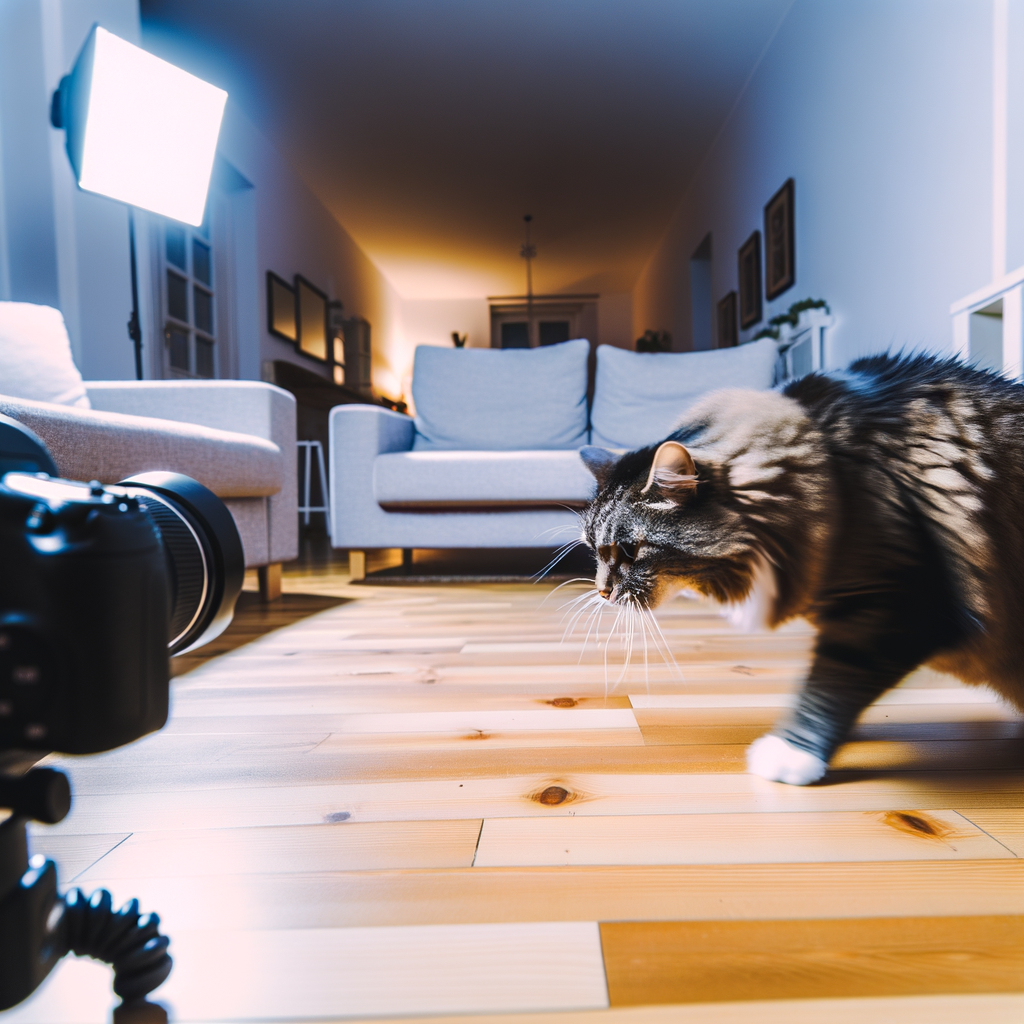Let’s face it—cats are the masters of cozy living. If you’ve ever wondered why indoor cats seem to purr more, you’re not alone. It’s not just because they have extra time on their paws. There are actual reasons, backed by science and love, that make indoor cats the purring champions. So, what’s the secret to their bliss? Let’s explore!
More Naps, More Purrs: The Indoor Cat Equation
Indoor cats have a life of luxury. They don’t have to worry about dodging cars or running from dogs. This means they can spend more time doing what they love most—napping. Cats sleep an average of 15 hours a day. More sleep equals more relaxation, and relaxation equals more purring. It’s a simple, yet effective, equation.
When cats are indoors, they are in a controlled environment. The temperature is comfortable, and there are soft spots everywhere to cuddle and snooze. The lack of stressors like weather and predators means they can let their guard down. This safe environment makes it easier for them to feel content and purr more often.
Also, being indoors means more human contact. Whether it’s a gentle stroke on their head or a warm lap to sit on, human interaction boosts a cat’s happiness. And happy cats purr. So, the more time they spend around us, the more they purr, creating a positive feedback loop of joy.
The Science of Purring: Unpacking Feline Contentment
Purring is not just a sound; it’s a complex physiological process. When cats purr, they use their laryngeal muscles to create vibrations. These vibrations help in releasing endorphins, the happiness hormones. So, when a cat is content, it naturally starts to purr.
Interestingly, purring is also a form of self-healing for cats. Studies suggest that the vibrations can help in bone growth and healing. The frequency of purring—between 25 and 150 Hertz—has been shown to have therapeutic effects. So, when your indoor cat purrs, it might also be giving itself a little health boost.
But it’s not just physical; there’s an emotional side too. Purring often happens when a cat feels safe and comfortable. It’s their way of showing that they are happy and at peace. Since indoor cats are often in a more constant state of calmness than outdoor cats, they have more opportunities to purr.
Toys, Treats, and TLC: Keys to a Happy Cat
It’s not just the naps and safe environment that make indoor cats purr more. Toys play a big role too. Interactive toys, laser pointers, and feather wands keep them mentally stimulated and physically active. A playful cat is a happy cat, and a happy cat purrs more.
Treats are another way to their heart. A tasty snack can make any cat’s day. While it’s important not to overfeed, a treat now and then can make your indoor cat feel special. When they get a treat, they purr to show their appreciation and delight.
Last but not least, tender loving care (TLC) goes a long way. Regular grooming, cuddling, and talking to your cat can make them feel loved and secure. The more affection they receive, the more they will purr. This mutual bonding enhances their emotional well-being and keeps those purr engines running smoothly.
So there you have it—the secret to why indoor cats purr more is not really a secret at all. It’s a mix of comfortable living, human interaction, and a sprinkle of science. The next time you hear your indoor cat purr, know that it’s the sound of pure feline bliss. Enjoy every purr-filled moment!
